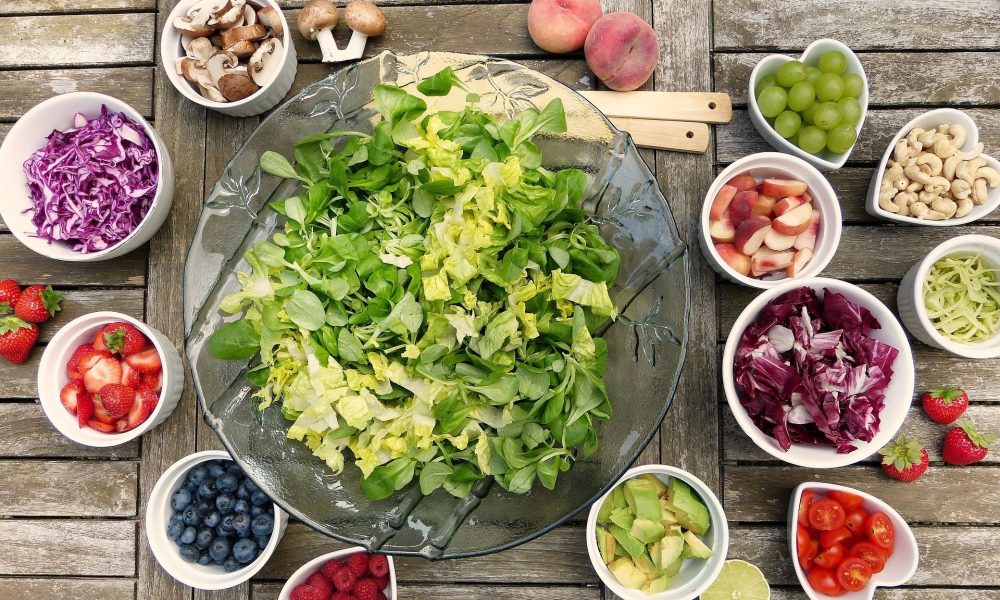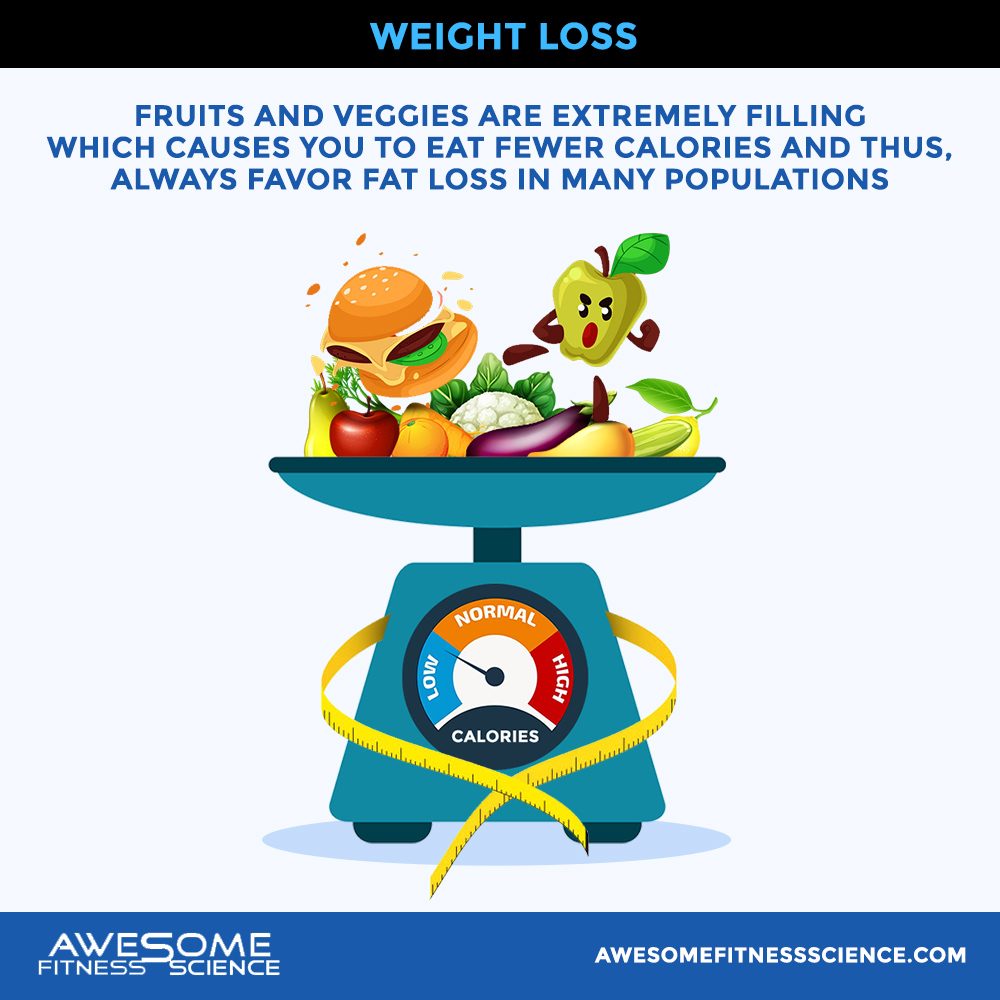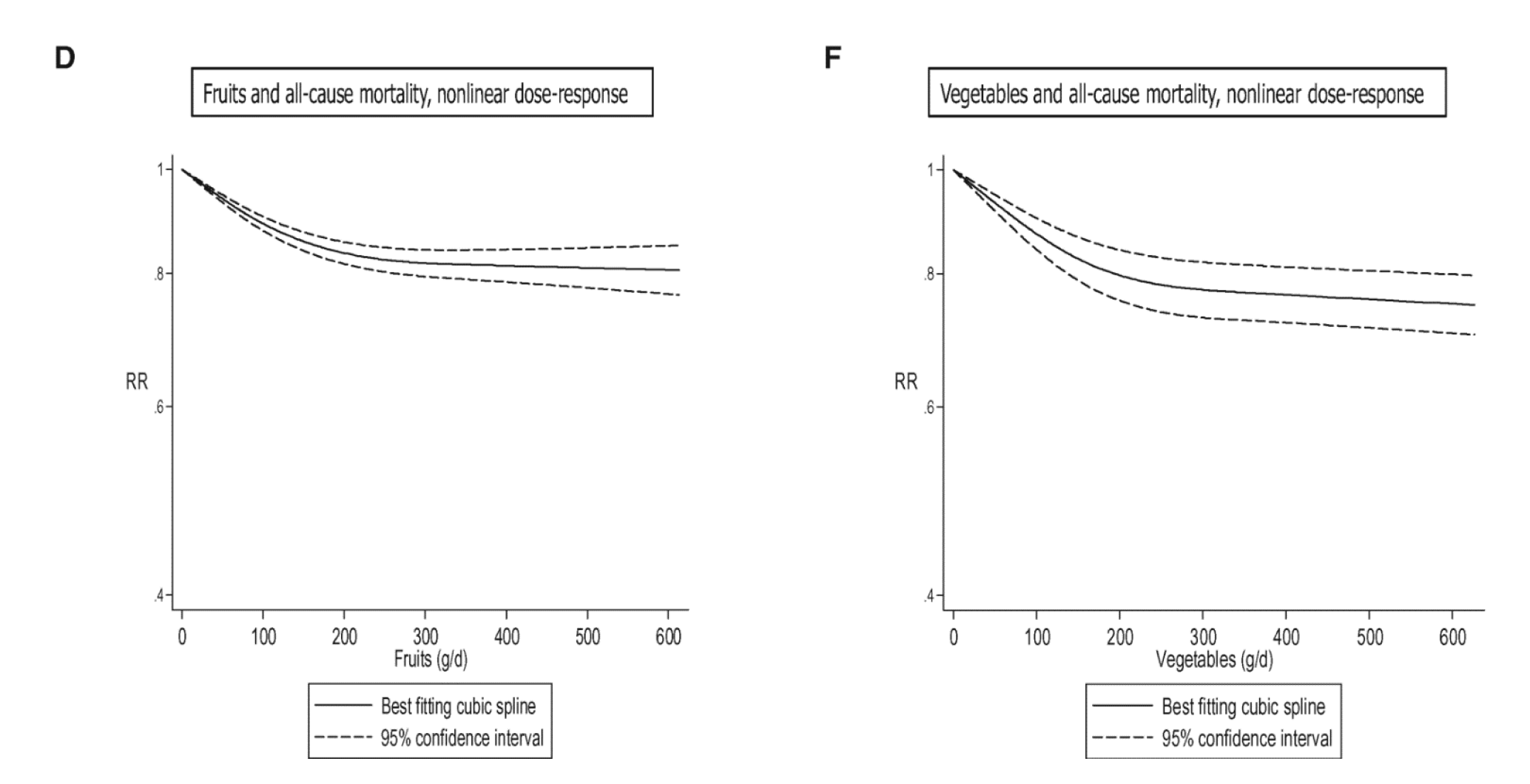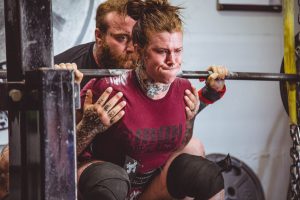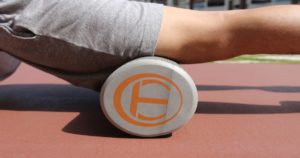1. Gardner, Christopher D, et al. “Micronutrient Quality of Weight-Loss Diets That Focus on Macronutrients: Results from the A TO Z Study.” The American Journal of Clinical Nutrition, American Society for Nutrition, Aug. 2010, www.ncbi.nlm.nih.gov/pmc/articles/PMC2904033/.
2. Liu, Rui Hai. “Health-Promoting Components of Fruits and Vegetables in the Diet.” Advances in Nutrition (Bethesda, Md.), American Society for Nutrition, 1 May 2013, www.ncbi.nlm.nih.gov/pmc/articles/PMC3650511/.
3. Asfaw, A., et al. “Prevalence of Micronutrient Deficiency in Popular Diet Plans.” Journal of the International Society of Sports Nutrition, BioMed Central, 1 Jan. 1970, jissn.biomedcentral.com/articles/10.1186/1550-2783-7-24.
4. Slavin, Joanne L, and Beate Lloyd. “Health Benefits of Fruits and Vegetables.” Advances in Nutrition (Bethesda, Md.), American Society for Nutrition, 1 July 2012, www.ncbi.nlm.nih.gov/pmc/articles/PMC3649719/.
5. Boeing, Heiner, et al. “Critical Review: Vegetables and Fruit in the Prevention of Chronic Diseases.” European Journal of Nutrition, Springer-Verlag, Sept. 2012, www.ncbi.nlm.nih.gov/pmc/articles/PMC3419346/.
6. Conrad, Zach, et al. “Greater Vegetable Variety and Amount Are Associated with Lower Prevalence of Coronary Heart Disease: National Health and Nutrition Examination Survey, 1999-2014.” Nutrition Journal, BioMed Central, 10 July 2018, www.ncbi.nlm.nih.gov/pmc/articles/PMC6040059/.
7. Ludwig, David S, et al. “Dietary Carbohydrates: Role of Quality and Quantity in Chronic Disease.” BMJ (Clinical Research Ed.), BMJ Publishing Group Ltd., 13 June 2018, www.ncbi.nlm.nih.gov/pmc/articles/PMC5996878/.
8. Blekkenhorst, Lauren C, et al. “Cardiovascular Health Benefits of Specific Vegetable Types: A Narrative Review.” Nutrients, MDPI, 11 May 2018, www.ncbi.nlm.nih.gov/pmc/articles/PMC5986475/.
9. Blekkenhorst, Lauren C, et al. “Cruciferous and Total Vegetable Intakes Are Inversely Associated With Subclinical Atherosclerosis in Older Adult Women.” Journal of the American Heart Association, John Wiley and Sons Inc., 4 Apr. 2018, www.ncbi.nlm.nih.gov/pmc/articles/PMC6015430/.
10. Lee, Hye Ah, et al. “Mediating Effects of Metabolic Factors on the Association between Fruit or Vegetable Intake and Cardiovascular Disease: the Korean National Health and Nutrition Examination Survey.” BMJ Open, BMJ Publishing Group, 28 Feb. 2018, www.ncbi.nlm.nih.gov/pmc/articles/PMC5855238/.
11. Fardet, Anthony, et al. “Association between Consumption of Fruit or Processed Fruit and Chronic Diseases and Their Risk Factors: a Systematic Review of Meta-Analyses.” OUP Academic, Oxford University Press, 17 Apr. 2019, academic.oup.com/nutritionreviews/article/77/6/376/5474950.
12. Malin, Alecia S, et al. “Intake of Fruits, Vegetables and Selected Micronutrients in Relation to the Risk of Breast Cancer.” International Journal of Cancer, U.S. National Library of Medicine, 20 June 2003, www.ncbi.nlm.nih.gov/pmc/articles/PMC1780272/.
13. Fieldhouse . “A Suboptimal Diet Is Associated with Poorer Cognition: The NUDAD Project.” Nutrients, U.S. National Library of Medicine, pubmed.ncbi.nlm.nih.gov/32155876/.
14. Pem, Dhandevi, and Rajesh Jeewon. “Fruit and Vegetable Intake: Benefits and Progress of Nutrition Education Interventions- Narrative Review Article.” Iranian Journal of Public Health, Tehran University of Medical Sciences, Oct. 2015, www.ncbi.nlm.nih.gov/pmc/articles/PMC4644575/.
15. Duthie, Susan J, et al. “Effect of Increasing Fruit and Vegetable Intake by Dietary Intervention on Nutritional Biomarkers and Attitudes to Dietary Change: a Randomised Trial.” European Journal of Nutrition, Springer Berlin Heidelberg, Aug. 2018, www.ncbi.nlm.nih.gov/pmc/articles/PMC6060837/.
16. Fulton . “The Effect of Increasing Fruit and Vegetable Consumption on Overall Diet: A Systematic Review and Meta-Analysis.” Critical Reviews in Food Science and Nutrition, U.S. National Library of Medicine, pubmed.ncbi.nlm.nih.gov/25118067/.
17. Hosseini, Banafshe, et al. “Effects of Fruit and Vegetable Consumption on Inflammatory Biomarkers and Immune Cell Populations: a Systematic Literature Review and Meta-Analysis.” OUP Academic, Oxford University Press, 21 June 2018, academic.oup.com/ajcn/article/108/1/136/5042153.
18. Sharma, Satya P, et al. “Paradoxical Effects of Fruit on Obesity.” Nutrients, MDPI, 14 Oct. 2016, www.ncbi.nlm.nih.gov/pmc/articles/PMC5084020/.
19. Guyenet, Stephan J. “Impact of Whole, Fresh Fruit Consumption on Energy Intake and Adiposity: A Systematic Review.” Frontiers in Nutrition, Frontiers Media S.A., 8 May 2019, www.ncbi.nlm.nih.gov/pmc/articles/PMC6518666/.
20. Abdul . “Effect of Sequence of Fruit Intake in a Meal on Satiety.” International Journal of Environmental Research and Public Health, U.S. National Library of Medicine, pubmed.ncbi.nlm.nih.gov/31766283/.
21. Dreher, Mark L. “Whole Fruits and Fruit Fiber Emerging Health Effects.” Nutrients, MDPI, 28 Nov. 2018, www.ncbi.nlm.nih.gov/pmc/articles/PMC6315720/.
22. JL;, Hess. “Impact of Agaricus Bisporus Mushroom Consumption on Satiety and Food Intake.” Appetite, U.S. National Library of Medicine, pubmed.ncbi.nlm.nih.gov/28647383/.
23. Rolls . “Volume of Food Consumed Affects Satiety in Men.” The American Journal of Clinical Nutrition, U.S. National Library of Medicine, pubmed.ncbi.nlm.nih.gov/9625090/.
24. Chambers, Lucy, et al. “Optimising Foods for Satiety.” Trends in Food Science & Technology, Elsevier, 28 Oct. 2014, www.sciencedirect.com/science/article/pii/S0924224414002386.
25. M;, Arnotti. “Fruit and Vegetable Consumption in Overweight or Obese Individuals: A Meta-Analysis.” Western Journal of Nursing Research, U.S. National Library of Medicine, pubmed.ncbi.nlm.nih.gov/31256714/.
26. K;, Platel. “Bioavailability of Micronutrients from Plant Foods: An Update.” Critical Reviews in Food Science and Nutrition, U.S. National Library of Medicine, pubmed.ncbi.nlm.nih.gov/25748063/.
27. “Measuring Intake of Fruit and Vegetables [Electronic Resource] / Antonio Agudo.” World Health Organization, World Health Organization, 1 Jan. 1970, apps.who.int/iris/handle/10665/43144.
28. Chun Yip , Cynthia Sau, et al. “The Associations of Fruit and Vegetable Intakes with Burden of Diseases: A Systematic Review of Meta-Analyses.” Journal of the Academy of Nutrition and Dietetics, Https://Doi.org/10.1016/J.jand.2018.11.007, 10 Jan. 2019, jandonline.org/article/S2212-2672(18)31342-X/fulltext.
29. Aune, Dagfinn, et al. “Fruit and Vegetable Intake and the Risk of Cardiovascular Disease, Total Cancer and All-Cause Mortality-a Systematic Review and Dose-Response Meta-Analysis of Prospective Studies.” International Journal of Epidemiology, Oxford University Press, 1 June 2017, www.ncbi.nlm.nih.gov/pmc/articles/PMC5837313/.
30. Wang . “Fruit and Vegetable Intake and MORTALITY: Results from 2 Prospective Cohort Studies of Us Men and Women and a Meta-Analysis of 26 Cohort Studies.” Circulation, U.S. National Library of Medicine, pubmed.ncbi.nlm.nih.gov/33641343/.
31. HA;, Benton. “Role of Fruit Juice in Achieving the 5-a-Day Recommendation for Fruit and Vegetable Intake.” Nutrition Reviews, U.S. National Library of Medicine, pubmed.ncbi.nlm.nih.gov/31504822/.
32. Madej, Dawid, et al. “Influence of Fruit and Vegetable Consumption on Antioxidant Status and Semen Quality: A Cross-Sectional Study in Adult Men.” Frontiers in Nutrition, Frontiers Media S.A., 15 Oct. 2021, https://www.ncbi.nlm.nih.gov/pmc/articles/PMC8554053/.


